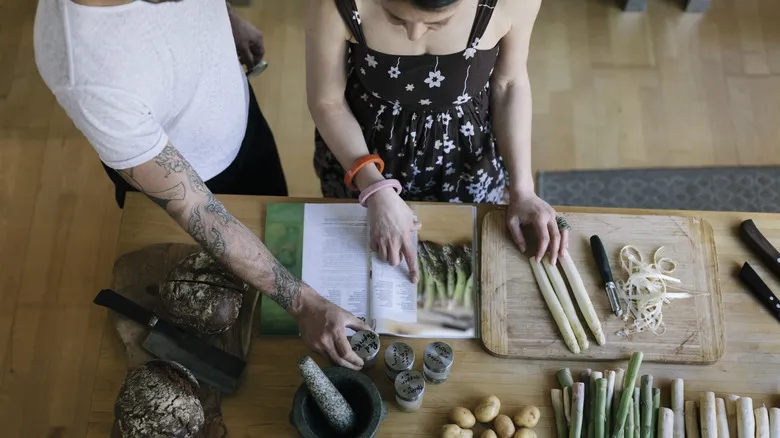How a comma can change your final dish
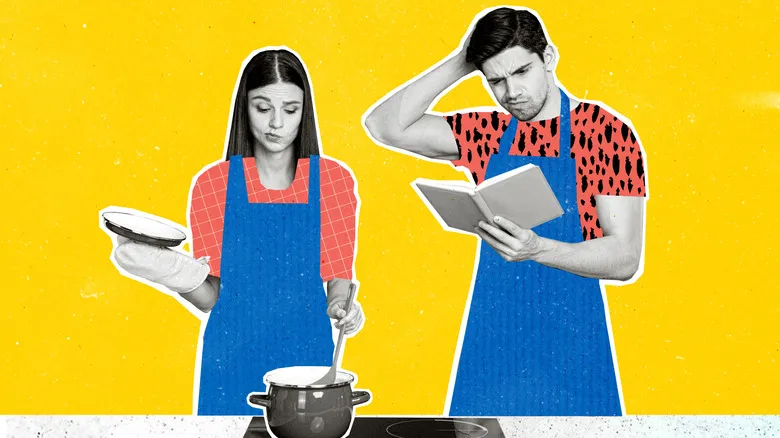
The placement of a comma in a recipe is crucial. Take a moment to consider the difference between "½ cup raw peanuts, roughly chopped" and "½ cup raw, roughly chopped peanuts." If the latter were used in our bakery-style peanut butter cookies recipe, it would have significant implications. You might not think it's a big deal, but consider the size difference between a whole peanut and a chopped peanut. A half cup of whole peanuts has more space between each nut due to their size. In contrast, chopped peanuts occupy much less space, meaning that when you fill a measuring cup, you'll end up with far more peanut pieces than intended, resulting in overly nutty peanut butter cookies. The comma in a recipe serves an important purpose — it indicates additional information that influences how to prepare an ingredient.
Another excellent illustration of the importance of a comma can be found in our recipe for Homeroom's ultimate macaroni and cheese. The second-to-last ingredient, which is arguably the most critical, is "8 ounces shredded 2-year aged sharp cheddar cheese (about 3 cups)." Since shredded cheese doesn't pack tightly into a cup, 3 cups of it includes some air, leading to less cheese overall. While more cheese might seem advantageous, too much can make your mac and cheese overly thick instead of perfectly creamy. The takeaway? The next time you follow a recipe, pay close attention to the commas.
Recommended
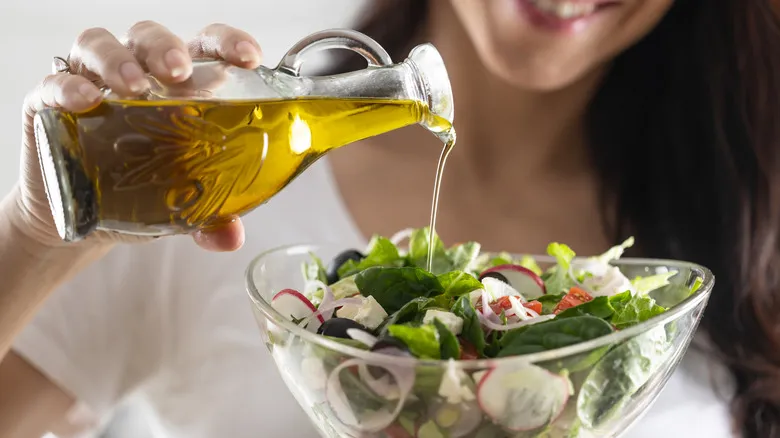
Skip Salt And Use One Sauce To Add Better Flavor To Homemade Salad Dressings
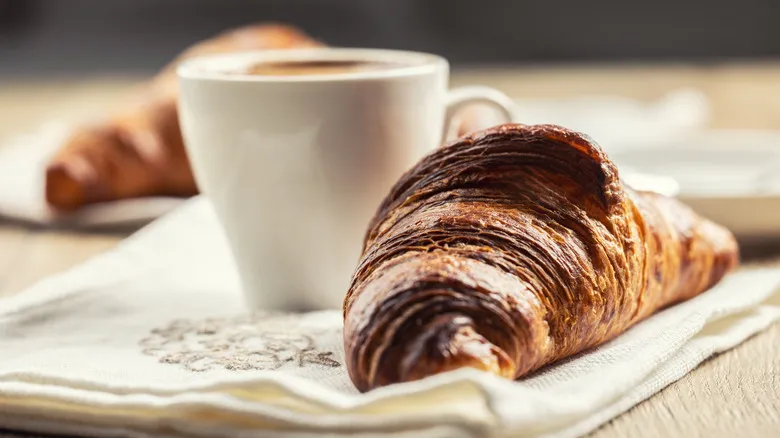
Why It's Considered A Faux Pas To Top Your Croissant With A Classic Condiment
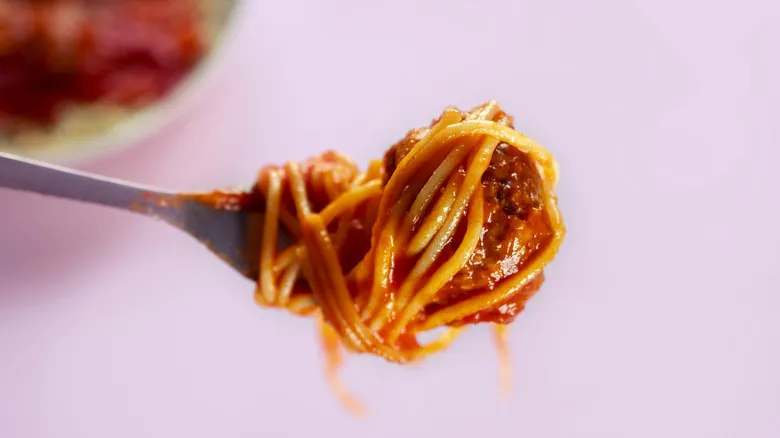
Here's Why Your Homemade Tomato Sauce Might Be Turning Pink
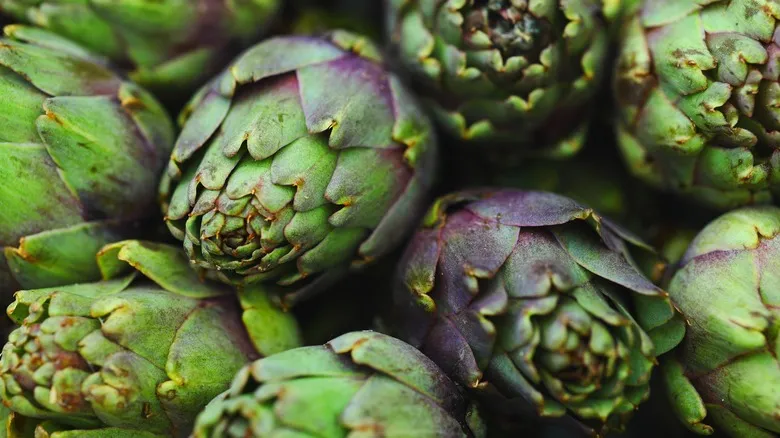
The Proper Way To Store Fresh Artichokes
Next up

